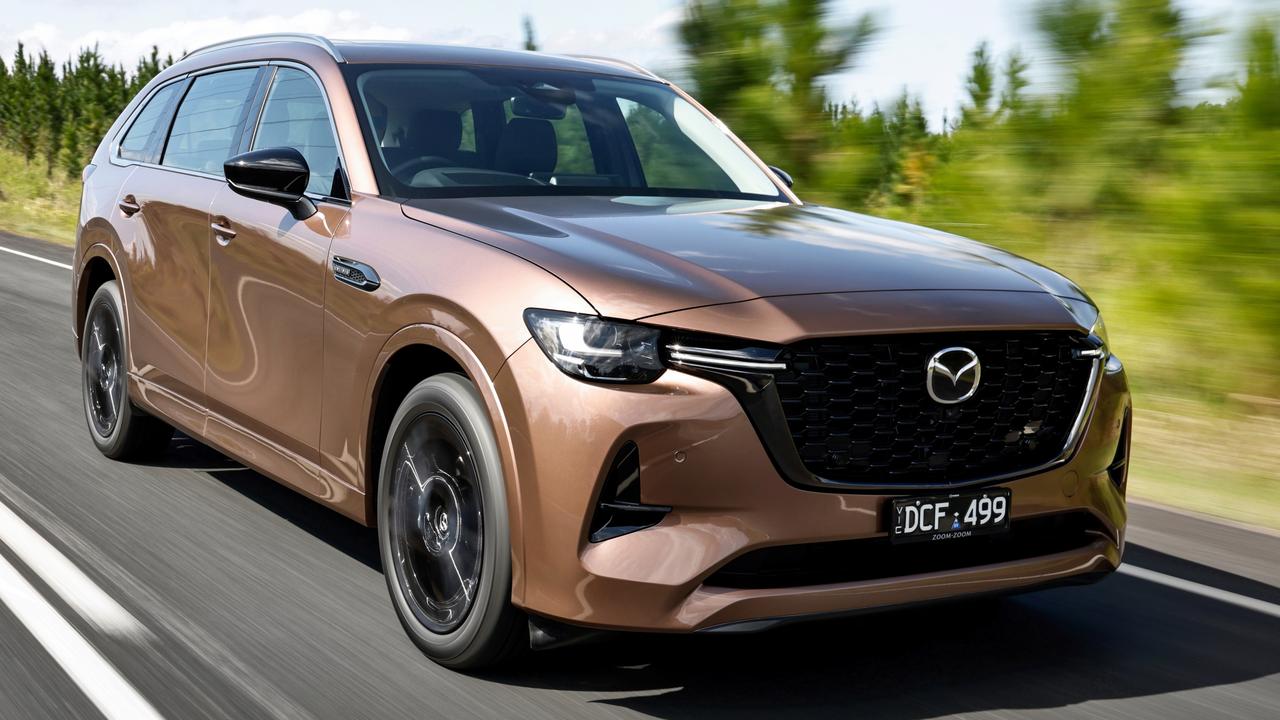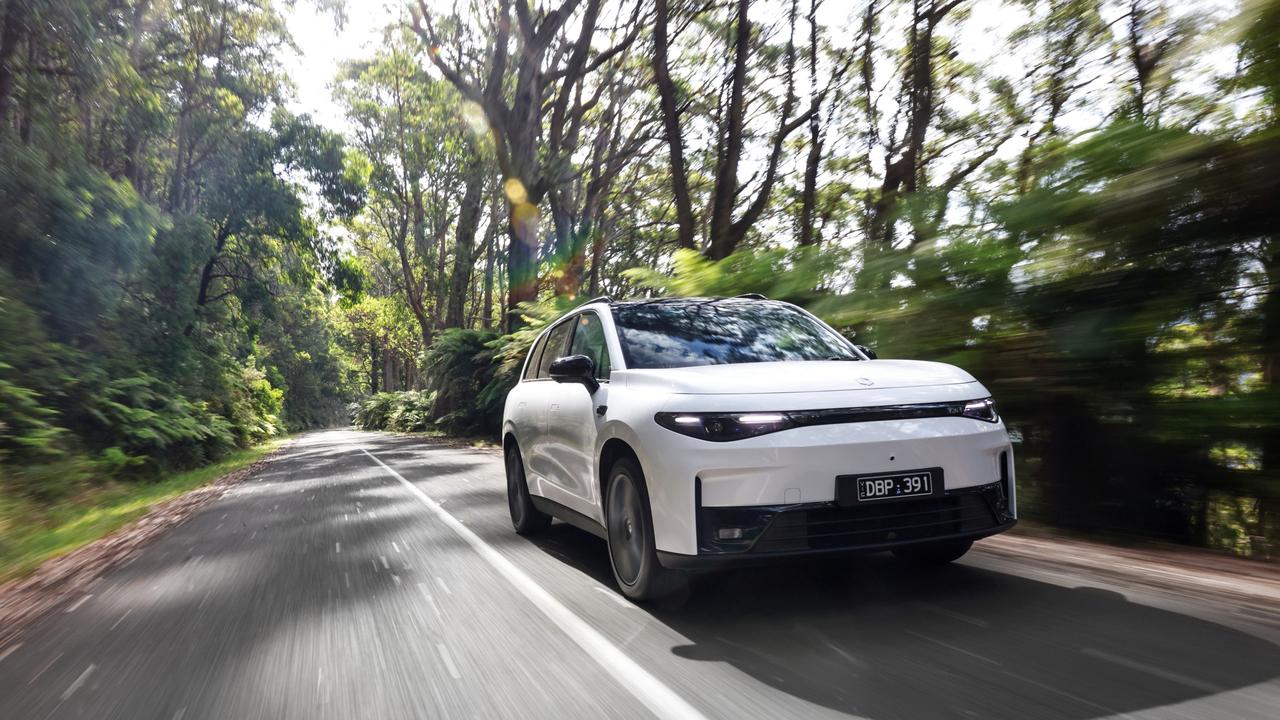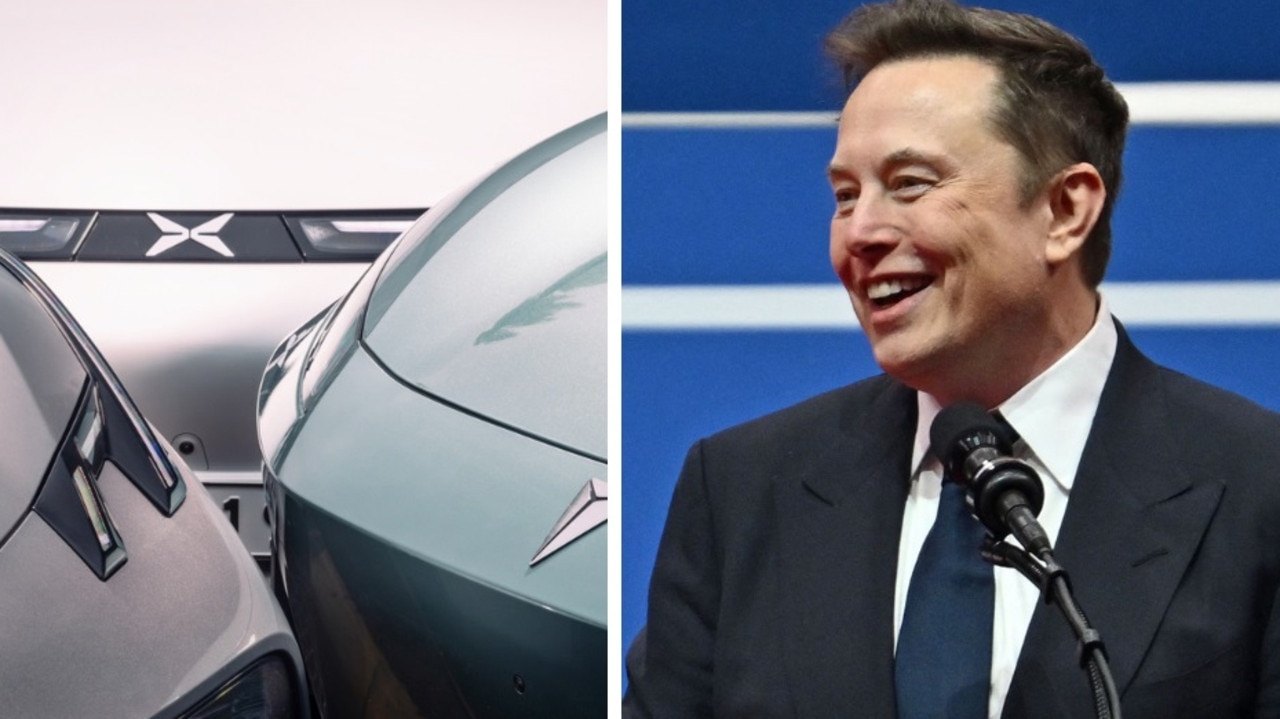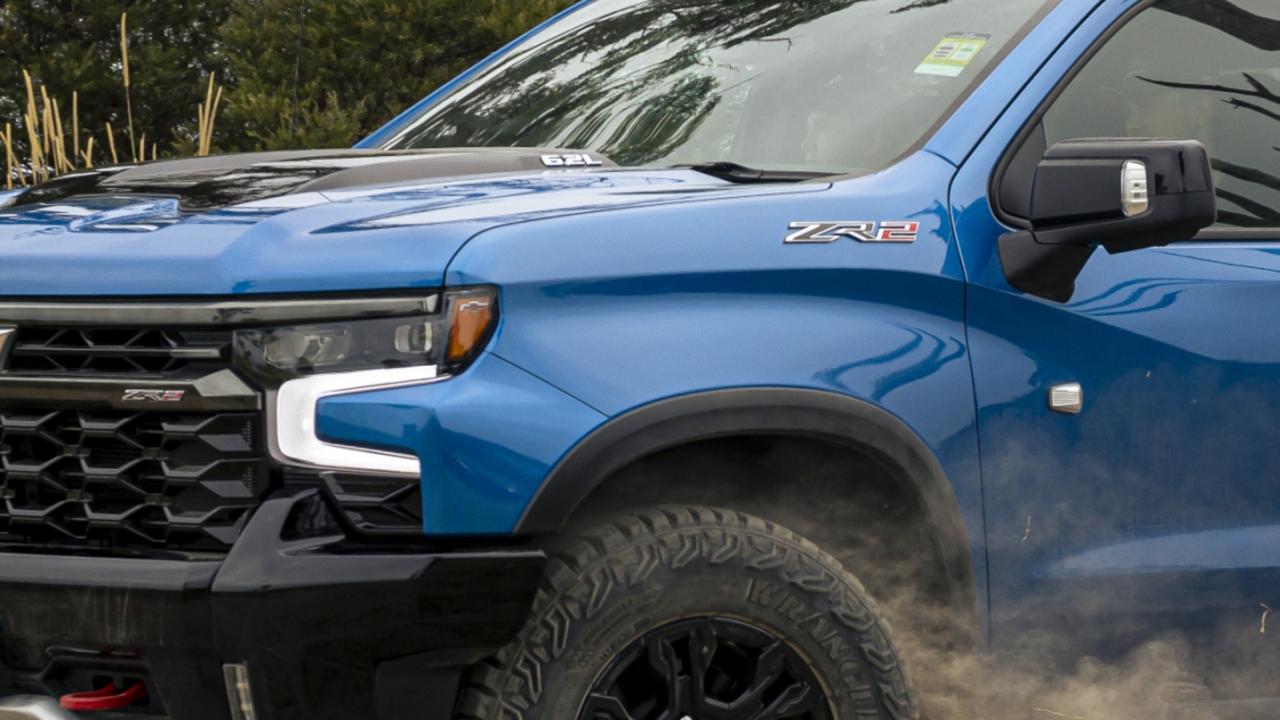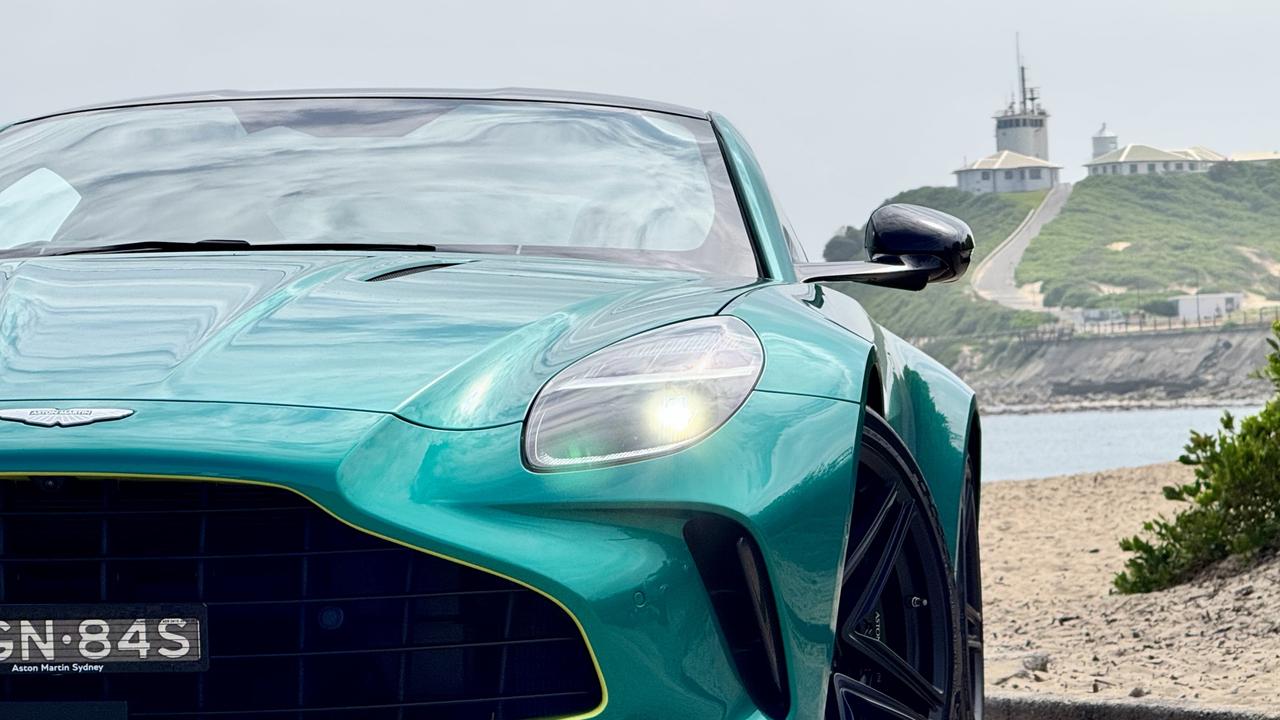Mazda MX-30 v Subaru XV Hybrid comparison test
Sales of hybrid cars are booming and two popular Japanese brands are the latest makers to launch petrol-electric SUVs.
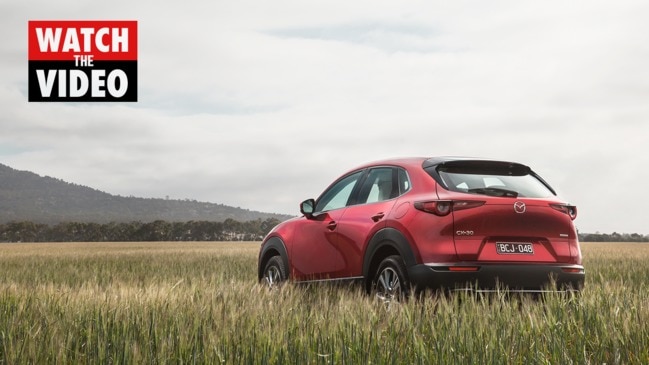
New Cars
Don't miss out on the headlines from New Cars. Followed categories will be added to My News.
Hybrid cars are on the rise.
Australians bought more than 60,000 hybrids last year and sales are up 25 per cent in the first three months of this year.
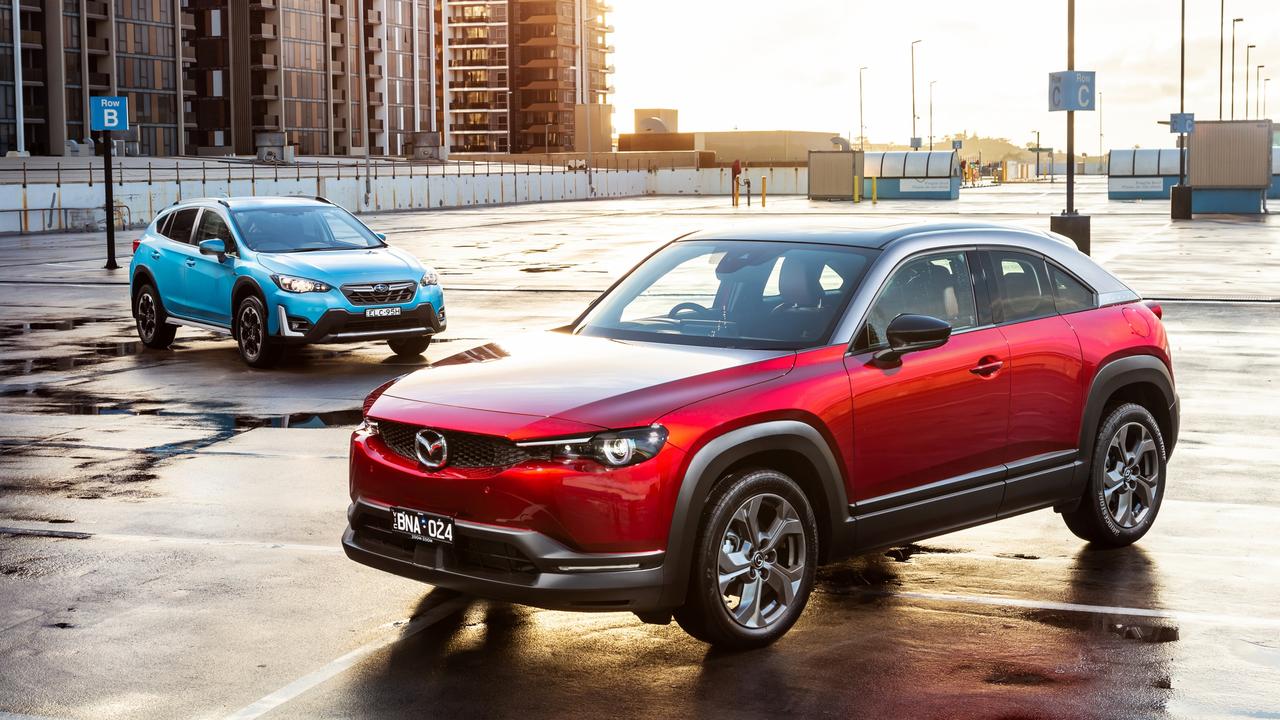
But not all hybrids are created equal. Some makers — most notably Mazda and Subaru — have introduced “mild” hybrids, with smaller electric motors and batteries that deliver only modest fuel savings.
SUBARU XV
Subaru’s XV Hybrid starts at $35,490 plus on-road costs (about $40,000 drive-away), which is $3500 more than a conventionally powered model with similar equipment.
Standard kit includes 17-inch alloys, premium cloth trim and an 8-inch infotainment system with Apple CarPlay and Android Auto. A premium version with 18-inch wheels, a sunroof, leather trim and sat nav plus additional safety gear such as blind-spot monitoring and reverse auto braking costs about $45,600 drive-away.
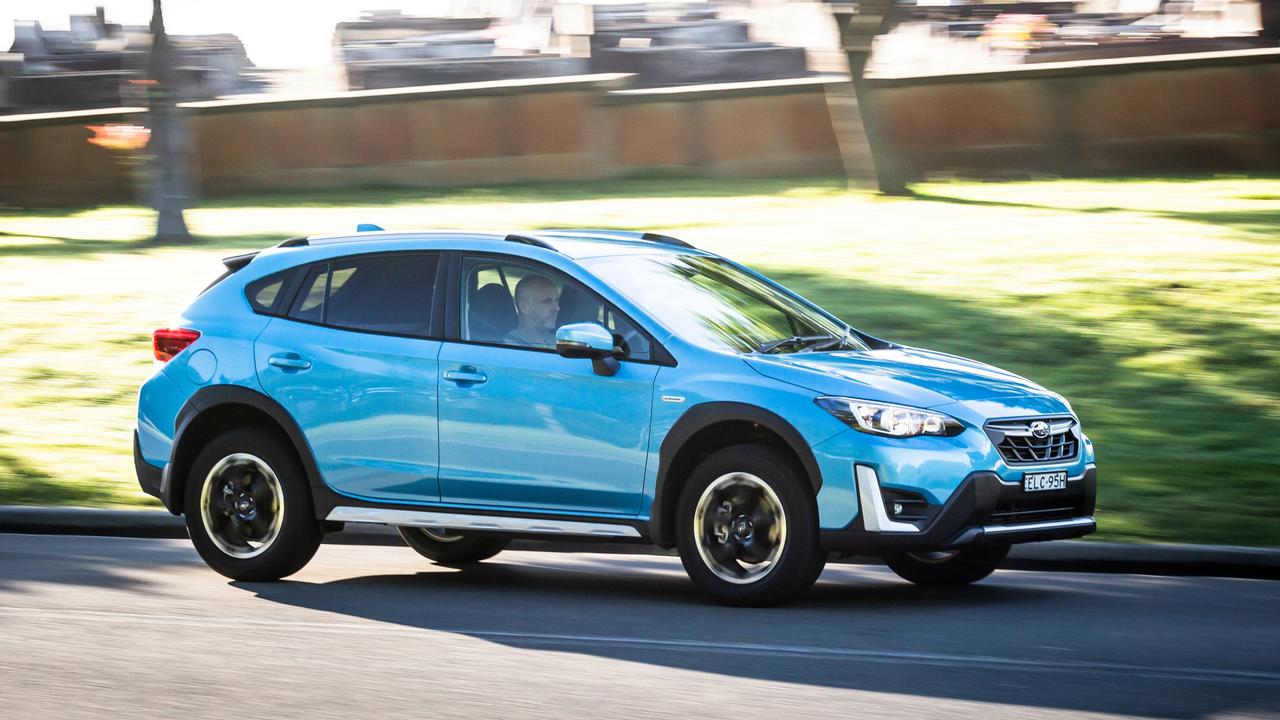
The XV is powered by a 2.0-litre four-cylinder petrol engine that sends 110kW and 196Nm to all four wheels through a stepless CVT automatic transmission. Electric assistance arrives in the form of a 12.3kW, 66Nm electric motor inside the gearbox, helped by a small battery allowing petrol-free motoring up to 20km/h.
Subaru claims a 7.1 per cent improvement in fuel economy, or an official fuel figure of 6.5L/100km. That represents a 0.5L/100km improvement on the regular car, which is nearly 100kg lighter, has an extra 5kW of power, and a spare wheel in the boot (the hybrid gets a repair kit).
We saw 7.2L/100km consumption on a test loop including highway driving, country roads, steep hills and suburbia.
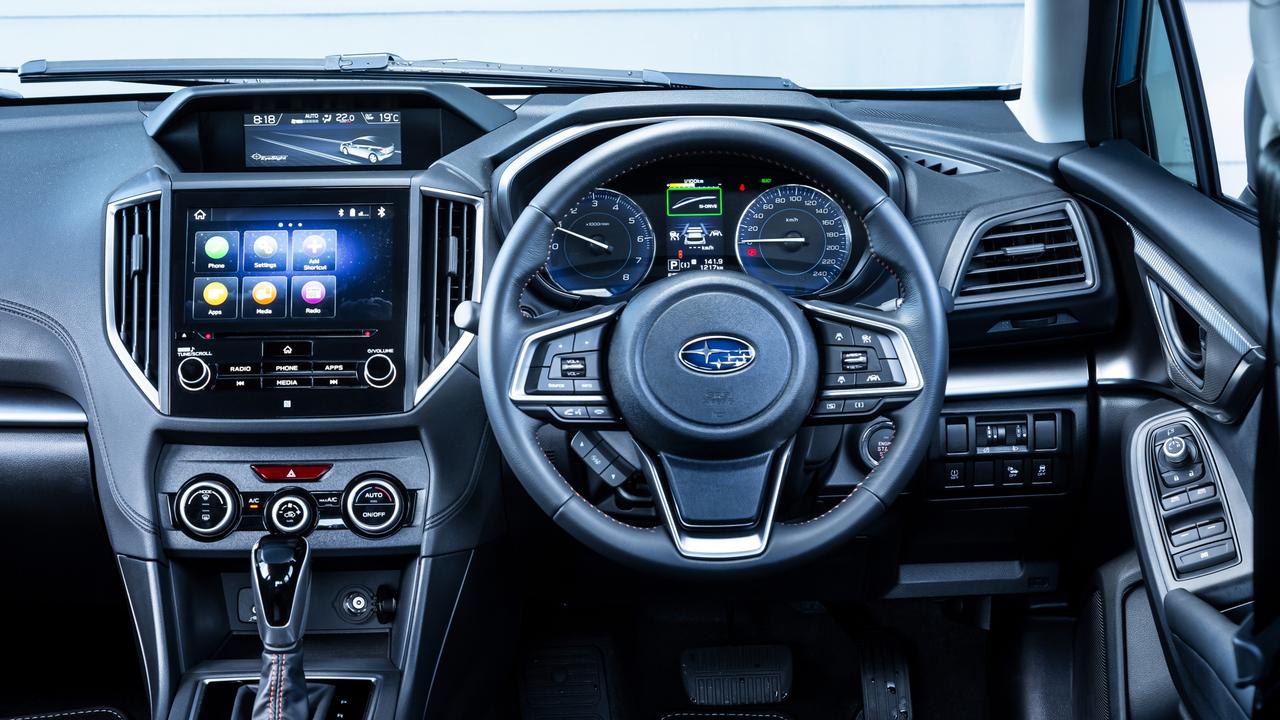
The XV hybrid truly is mild. It drives exactly like a regular Subaru, save for the occasional period of silent motoring in urban traffic when it coasts on the electric motor.
That’s not a bad thing. The Subaru has a comfortable ride, reassuringly meaty steering and brakes and unflappable traction thanks to its all-wheel-drive system.
Subaru’s vault-like build quality impresses, there is plenty of room in the back seat, outward visibility is excellent and its three electronic displays are easy to grasp.
MAZDA MX-30
The MX-30 is a new crossover pitched at urban couples who want something different.
Priced from about $38,000 drive-away, it comes with 18-inch wheels, sat nav, and an 8.8-inch infotainment system with Apple CarPlay and Android Auto. The range-topping Astina adds faux leather trim, a sunroof, head-up display, a Bose stereo and more for about $45,600 drive-away.
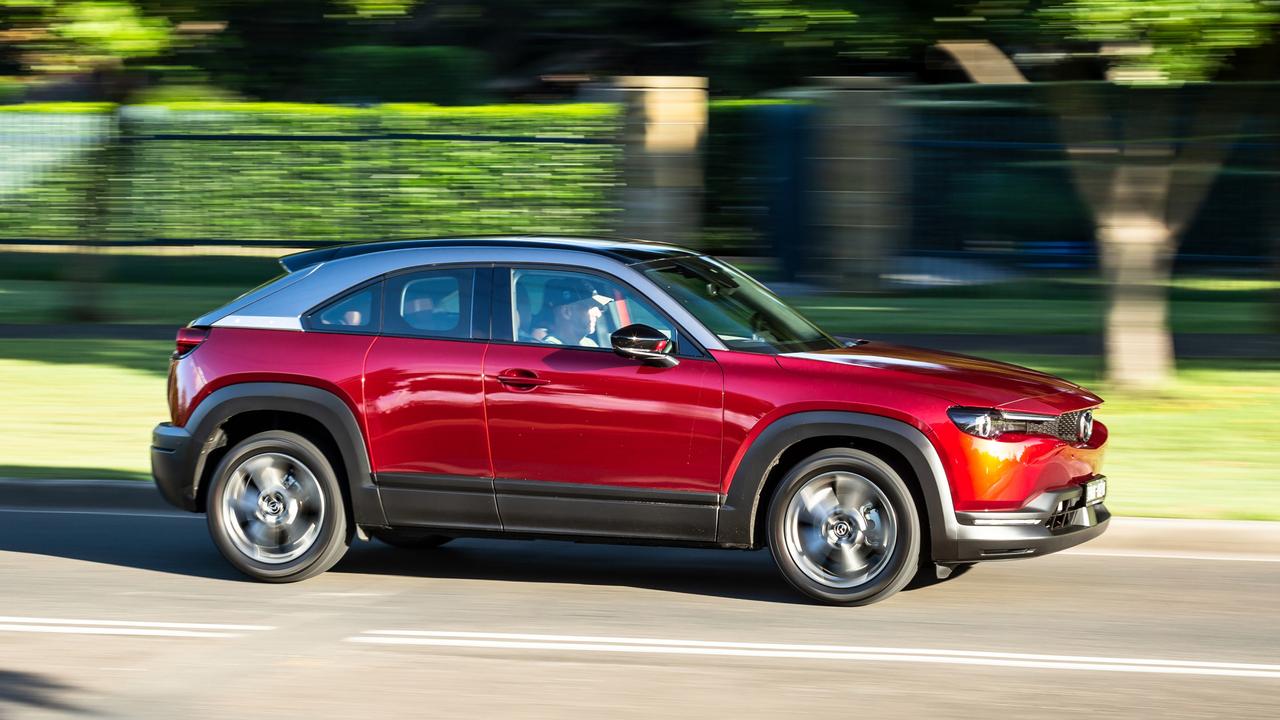
The MX-30s impressive standard safety suite includes front and rear auto braking, active cruise control, blind-spot monitoring, rear cross-traffic alert and more.
You also get a more interesting car inside and out. The cabin is finished with cork and recycled plastic bottles, it has an Audi-like touchscreen for the airconditioning controls and a floating centre console.
Heralding the return of rear-hinged doors for the brand, the MX-30 requires you to open the front before the tiny rear door can be unlatched. There’s little room in the rear of the MX-30, thanks in part to its sloping roofline, and the boot is similarly stingy.
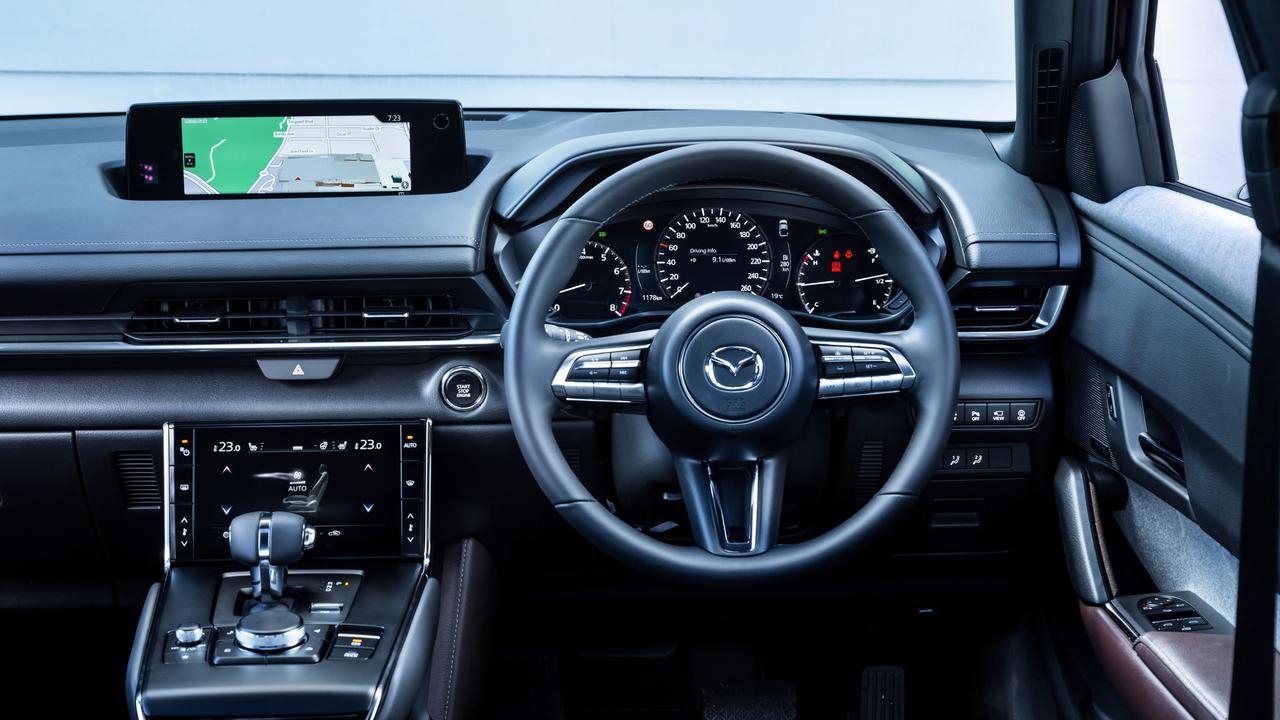
Mazda plans to offer the MX-30 with a choice of electric or hybrid power. The emissions-free model isn’t available yet, so we have the “M Hybrid” version with a 2.0-litre petrol engine sending 114kW and 200Nm to the front wheels through a six-speed automatic.
It has a small lithium-ion battery mated to a belt-driven integrated starter generator. The car’s starter motor can provide mild hybrid assistance when accelerating, but unlike the Subaru, the Mazda never operates in a petrol-free mode, even at walking pace.
Mazda says the system is good for 6.4L/100km economy. We saw 6.9L/100km in the real world.
Out on the road, the Mazda feels lighter and sportier than the XV. Its two-wheel-drive traction was surprisingly effective in damp conditions, and the MX-30s suspension felt better balanced in the bends.
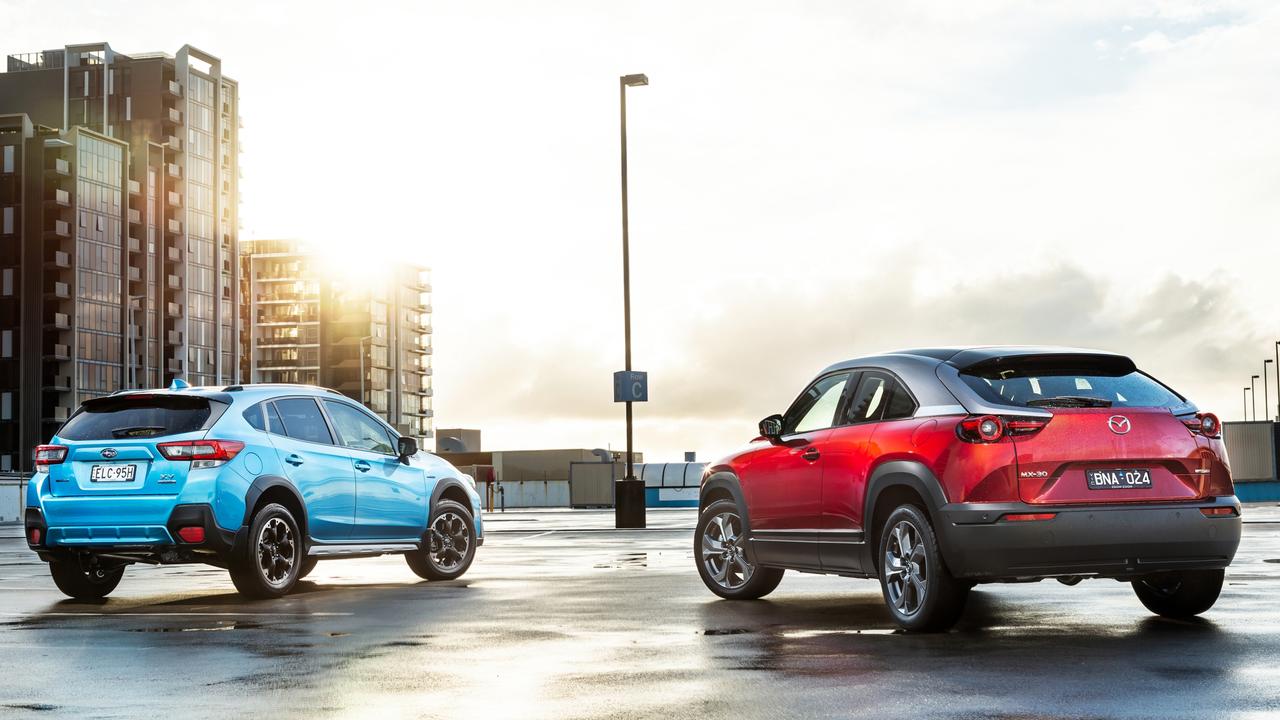
That said, we didn’t love the wooden-feeling brake pedal and short-travel throttle in the Mazda. The MX-30 was quieter on the highway and its head-up display is nice to have, but we weren’t convinced by a mix of touchscreen and remote control operation for the climate control and radio.
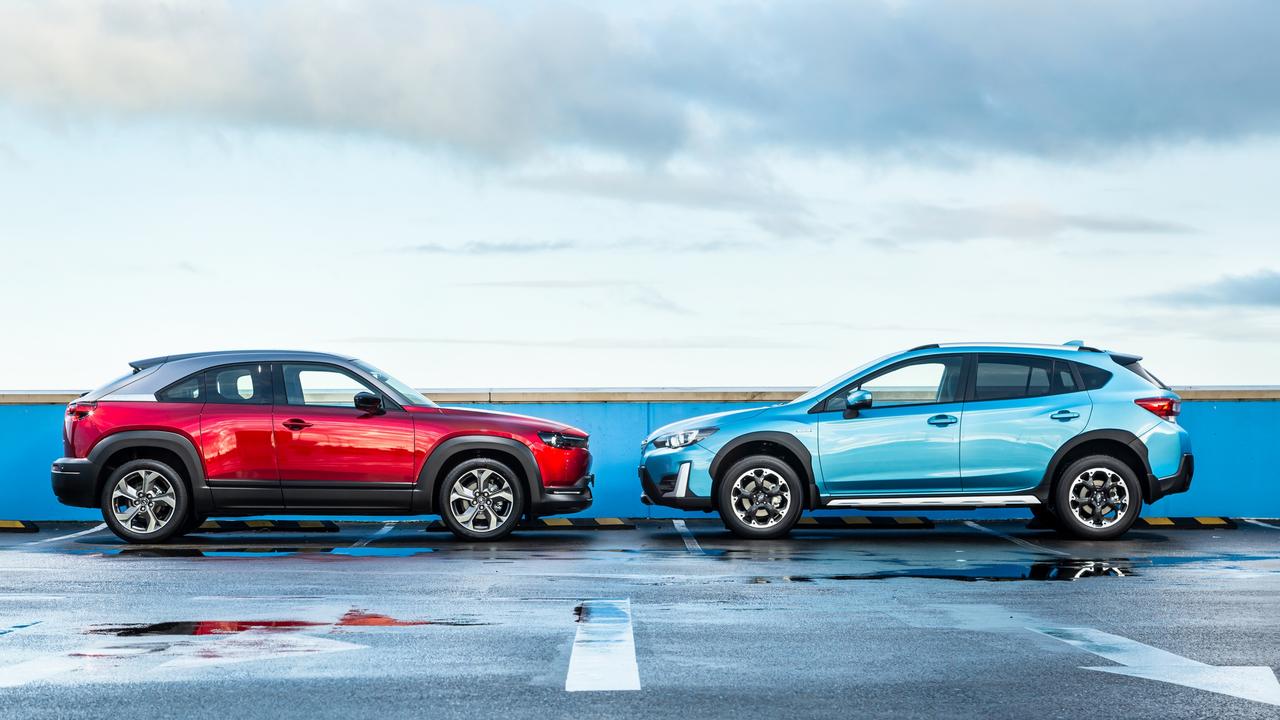
VERDICT
The Mazda MX-30 looks sharp, drives well and presents beautifully but its hybrid tech isn’t as convincing and the cabin lacks the practicality and space of the XV, which is easier to live with in the real world.
SUBARU XV HYBRID VITALS
Price: From about $40,000 drive-away
Engine: 2.0-litre, 4-cyl mild hybrid, 110kW/196Nm
Warranty/servicing: 5-year/unlimited km, $2430 for 5 years
Safety: 5 stars, 8 airbags, auto emergency braking, active cruise control, lane-keep assist
Thirst: 6.5L/100km
Spare: Inflator kit
Cargo: 345 litres
MAZDA MX-30 VITALS
Price: From about $38,000 drive-away
Engine: 2.0-litre, 4-cyl mild hybrid, 114kW/200Nm
Warranty/servicing: 5-year/unl’td km, $1942 over 5 years
Safety: 5 stars, 8 airbags, active cruise control, front and rear auto braking, blind-spot alert, rear cross-traffic alert
Thirst: 6.4L/100km
Spare: Temporary
Cargo: 311 litres
Originally published as Mazda MX-30 v Subaru XV Hybrid comparison test



